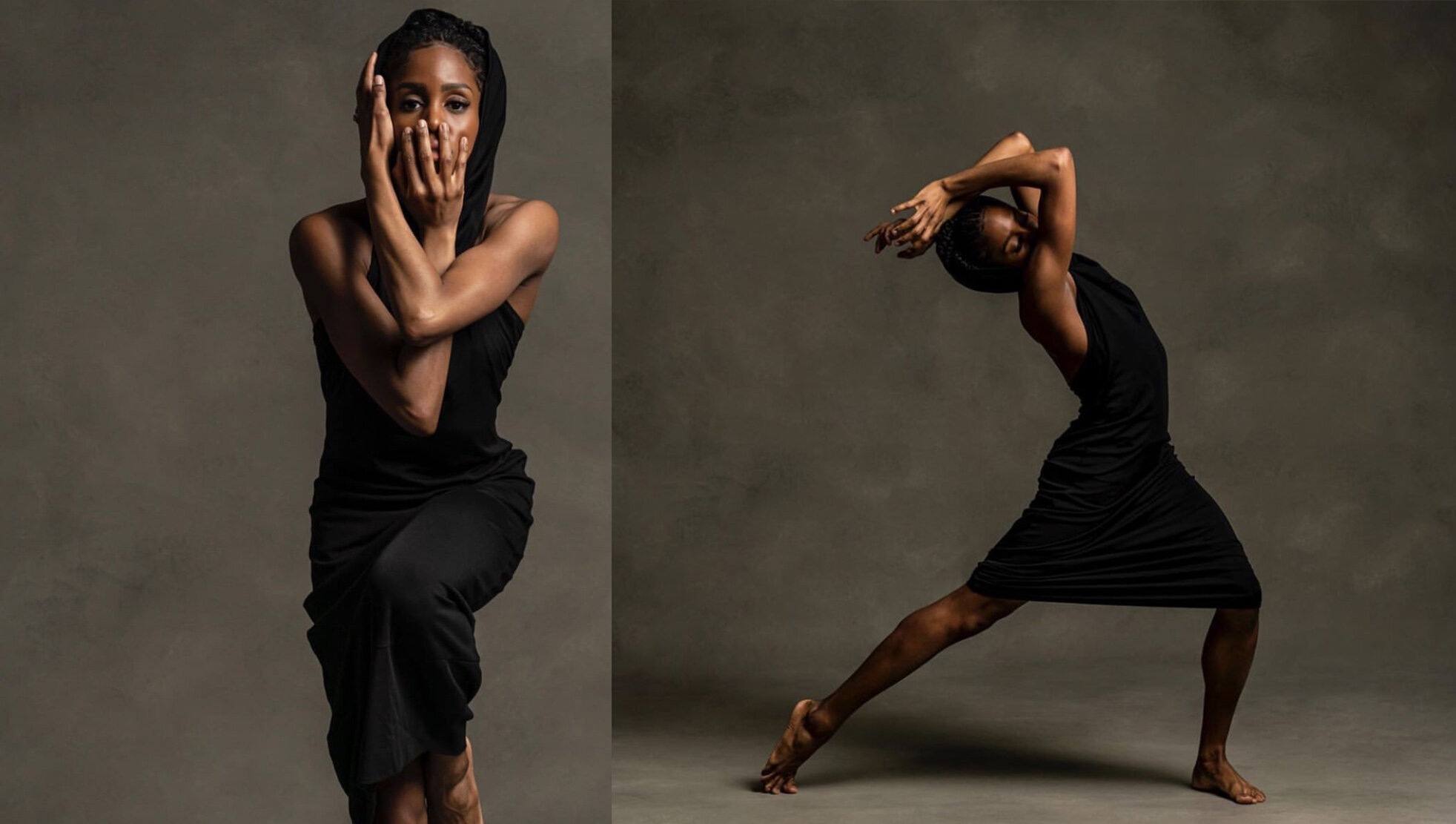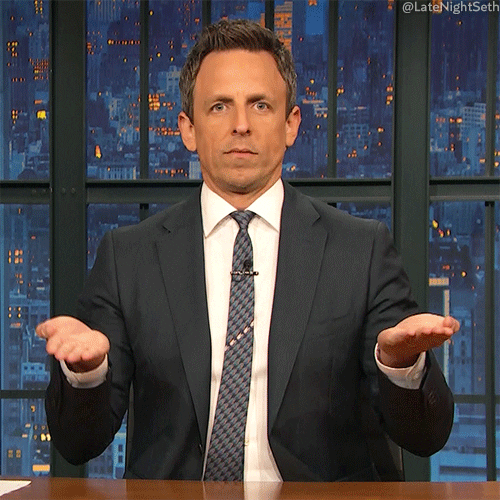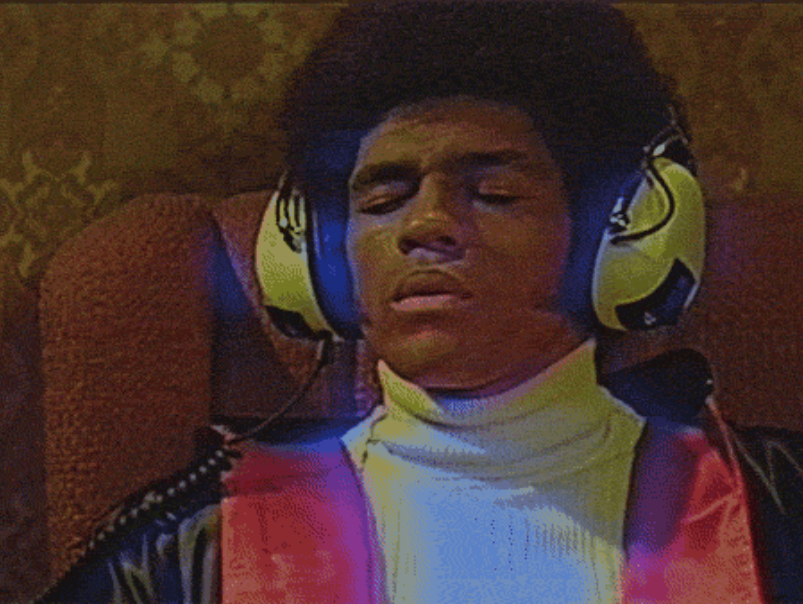A Letter to our DGWL Community:
The universe sure does have its ways to test society and our ability (or lack thereof) to respond, react, and mobilize around global adversities. We have seen kind acts of service from communities to horribly terrifying individualistic acts of hoarding and xenophobia in the short months that we have been entrenched with information surrounding the novel COVID-19.
While simply having a disability doesn’t immediately put one at a higher risk from coronavirus (COVID-19), many disabled individuals do have specific disabilities or chronic illnesses that make the virus more dangerous for them and by definition puts them at larger risk. It is essential that we spread awareness and resources for those who need it most without creating additional fear and anxiety.
We find it frustrating, tiring, and scary how fast false information travels--through news reports, social media, podcasts, and you guessed it--even national statements made by chief executives. We must constantly be on guard against fear-mongering reports, actions, behaviors, and impulses, and actively correct them as they come. Here are some ways you can protect your energy or encourage the environment around you to reinforce healthy habits until this thing blows over.
Step One: Protect and Prioritize your Physical Well-Being, Mental Health, and Wellness
Make well-informed decisions. Make decisions that prioritize your health, not the health of someone else. You are the only person who knows your boundaries, and if it doesn’t feel safe just don’t do it.
Step Two: Communicate with your Family, Friends, and Employer/s Transparently and Often
Check in. Check in on your loved ones with a daily or weekly update just so they know your status and you know theirs. It can be frightening with multiple national shutdowns, travel bans, and mandated quarantines to be uncertain about the status of friends and family in surrounding areas. If you are near or within an affected area and you are okay, unharmed, and have proper supplies, let that be known to your circles. If you are in the opposite unfortunate situation, it is the perfect opportunity to ask for help. You’d be surprised with how much assistance you might get from your circles alone.
Step Three: Limit your Media Exposure
It might be tempting to look for the latest news in your jurisdiction, state, and nation surrounding the coronavirus--number of confirmed cases, number of deaths, and likelihood (?) of your social category’s survival. I’m sorry to say it, but none of this statistical information will be of much help to you now or if you or your loved ones contract the virus.
What you should read instead are preventive and corrective resource materials from official organizations such as the CDC (Centers for Disease Control and Prevention).
Steps to Prevent Illness
What to Do if You are Sick
Stigma and Resilience
COVID-19 FAQs
Step Four: Don’t Hoard
The most disheartening thing that’s happening across the U.S. right now is the unnecessary amount of hoarding we are witnessing at grocery and drug stores. There is absolutely no reason why one household needs 6 packs of 48 rolls of toilet paper, multiple boxes of N-95 masks, 1,200 bottles of hand sanitizer, and the entire medication aisle of your local CVS or Walgreens. Even if each member of a family of four were to be forced to quarantine for 14 days each, you can survive off of only a few rolls let alone use your clothing/towels in an apocalyptic scenario. Masks in general should only be used for those who are sick to avoid contamination, but seriously a simple bandana will do as long as you take all precautions as recommended by the CDC to prevent the spreading of germs (wash your hands frequently, cover your cough/sneeze, socially distance yourself from others up to six feet if COVID-19 has spread in your community, and disinfect everything you or others touch in your quarters).
It doesn’t hurt to have a small supply of essential items in case you do get sick, but please get enough for just you and your family. You are hurting the family next door by unnecessarily hoarding food and supplies.
Step Five: Request for Relief or Donate to Relief Funds
If you or someone you know is struggling financially or lacking medical supplies due to COVID-19, please share the following relief funds. You may either donate or request assistance:
COVID-19 Survival Fund for the People prioritizes “those most vulnerable: those who are undocumented, disabled, elderly, houseless, BIPOC, queer and trans, sex workers, and communities displaced by gentrification.” They “will be funding up to $50 (per request) for grocery / supply home deliveries.”
Find local relief funds in your area.
If you live in the East Bay of California, you may request support at http://tinyurl.com/djccsupportform or donate to https://tinyurl.com/DJCCally.
There are many organizations that accept and provide used or surplus medical equipment and supplies. Examples of this include but are not limited to crutches, wheelchairs, walking aids, diabetic supplies, and other basic medical supplies. Please check out:
Step Six: Learn about your benefits
Government Benefit Programs that Assist Individuals with Special Needs:
Medicaid, which provides basic medical care to low-income individuals. Most states also have “waiver” Medicaid programs covering residential, day care, career, and other services.
Supplemental Security Income (SSI), which provides funds for food and shelter to individuals with disabilities. To qualify, a person must have less than $2,000 in “countable assets.”
Social Security Disability Insurance (SSDI), which requires that participants have been unable to work for at least a year due to their disability. Benefits are based on the individual’s income history and the number of quarters they have worked and contributed to the program.
Disabled Adult Child (DAC), which requires a determination that the onset of the participant’s disability occurred before age 22, that the person is unmarried, and that the participant has a parent who has a disability, is retired or deceased and who qualifies for Social Security him/herself.
Supplemental Nutrition Assistance Program (SNAP/Food Stamps), which has eligibility guidelines similar to SSI.
Section 8 Housing, which subsidizes residential rents for families for low-income families, which may include those with special needs. Eligibility is based on a sliding scale that considers income and family size.
Governmental Benefit Programs for Individuals affected by COVID-19
Check your local state employment departments for current support services to individuals affected by COVID-19. Some examples include:
Step Seven: Support your local favorite small businesses
Many communities are suffering from the sudden decline of our economic welfare--low-income workers, artists and entertainers, speakers and trainers, athletes, educators, small business owners, the customer service industry, the list goes on… Much of our work relies on traffic and people-to-people interaction, and while taking all necessary precautions to protect the public health is vital during this pandemic, it has been slowly hurting our economic health. Continue to support your local storefronts by purchasing gift cards of any value, donate it, or save it for the future.
If you have additional resources you would like to share with your DGWL community, please write to us at disabledgirlswholift@gmail.com or send us a message on our Instagram. Please continue to take care of yourselves, love others, and wash your damn hand/s and limb/s!
XOXO,
DisabledGirls
Marybeth Baluyot, Marcia D, Chloe Lansing
Sources:
https://www.specialneedsalliance.org/special-needs-101/government-benefits/





























